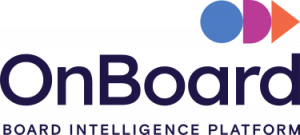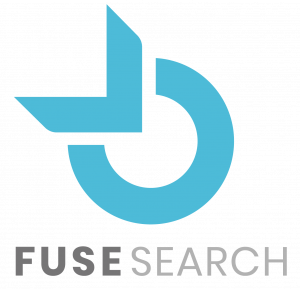4 Things Associations Should Consider in Their Post-Pandemic Workplace

As organizations across the country prepare for their post-pandemic workplace, many are facing challenges and questions, especially around human resource matters.
Laura Williams, LLB, CSP, lawyer, speaker and HR business consultant, recently spoke with CSAE members at a “Feel Food Friday” event hosted by CSAE’s Trillium network. She discussed the practical realities, legal risks and best practices that employers need to consider as they prepare to fully launch into the new world of work.
“Everyone has been talking about how things are changing and things have changed,” said Williams, during the event. “Employers, workplaces are trying frantically to catch up with all of the volatility and changes that have happened in the last two years.”
Here are four things associations should give some thought to for their post-pandemic workplace.
1. The Great Resignation
Since early 2021, organizations across all sectors have been experiencing the effects of what’s being called “The Great Resignation,” where employees are voluntarily leaving their jobs en masse for assorted reasons. Among these reasons are wage stagnation, the rising cost of living, job dissatisfaction and health and safety concerns due to COVID-19.
Williams says it’s important for organizations to be introspective and reflect on their employer brand. They need to check the pulse on their culture (which has likely shifted) to see what they’re really selling to both current and potential employees.
“We as employers really need to get to the nub of why an employee should stay. Why should an employee want to work at that workplace?” said Williams.
“A lot of employers have lost touch with reality as to what their brand now feels like to employees. It’s important to take the pulse and understand how we’re going to be able to pitch the workplace.”
2. Accommodations Post-Pandemic
Many workers have enjoyed the benefits of working from home. For some, it’s changed their commute and given them more time with their loved ones, among other benefits. As a result, the relationship many people have with their work has changed.
Right now, many organizations are figuring out what workplace model is right for them. Whether it’s returning to the office full-time or offering a hybrid or remote model, Williams says it’s important for employers to be able to make a compelling case for their decisions.
“If you’re going to be instituting any rules right now or making any changes or requiring employees to adhere to any kind of requirements, you have to answer the fundamental question of ‘why’ and make the case,” said Williams.
She used requiring employees to return to the office full-time as an example.
“If you’re going to require employees to now come back to the office on a full-time basis, you have to have a strong line for that, because expectations have really shifted in that regard … across the board and across sectors,” said Williams. “But even if you have a hybrid arrangement you want to ensure that whatever the scheduling that you’re going to be putting in place, there’s a basis for it.”
In cases where an employee is looking for an exception to the arrangement, such as they or someone they live with is immunocompromised, Williams recommends insisting on medical documentation and working towards a solution.
“There are going to be a number of employees who are not ready to return to work and are resisting returning to work if you have a hybrid or a full return to the office. There’s going to be a lot of trying to latch on to either ‘I’ve got a condition’ or ‘I live with somebody that’s immunocompromised,’” she said. “You must know that and consider each request on a case-by-case basis. And consider if there’s some way of accommodating that individual at the office, minimizing their contact with others.”
3. Vaccination Requirements Post-Pandemic
With many provinces across Canada lifting COVID-19 restrictions, including vaccine requirements, whether organizations want to keep them (or some) in their own operations is up to their discretion.
For example, an organization may want to keep a vaccination requirement because they work with vulnerable clients, or they want to protect their immunocompromised employees. Whatever the reason, Williams says it’s important for employers to have a clear “why.”
“At the end of the day, what you should be looking at is if we’re going to institute any vaccination requirements, they have to be tethered to a strong ‘why’ and you’ve got to make the case,” she said. “Is it a client service issue? Is it an operational issue? You need to specifically hone in on and communicate why it is that we’re keeping this rule in place.”
4. Equity, Diversity and Inclusion (EDI) Efforts
Many organizations have made a strong push to improve their EDI strategy. Though these efforts are made with good intentions, many organizations get lost when it comes to successful implementation. Williams said some organizations don’t allow proper time for adoption, which also involves a mindset shift.
“Organizations really must take their pulse and ready the environment to really move along and implement EDI strategy and initiatives,” said Williams. “If you don’t properly seed the ground, then you’re going to have a lot of backlash and resistance.”
Williams said a strong EDI strategy should INCLUDE every level of an organization and be implemented in stages.
“If you look at it from the employment lifecycle, phase it out; know that it’s not silver bullet stuff, it doesn’t happen overnight. It’s incremental …and it’s lifelong,” she said.
“That does help organizations who get a little overzealous and then they find that there’s a derailment, which they feel is a setback.”
Watch the full session with Laura Williams here.
You can also read more informative content for association leaders on the CSAE Blog.




















